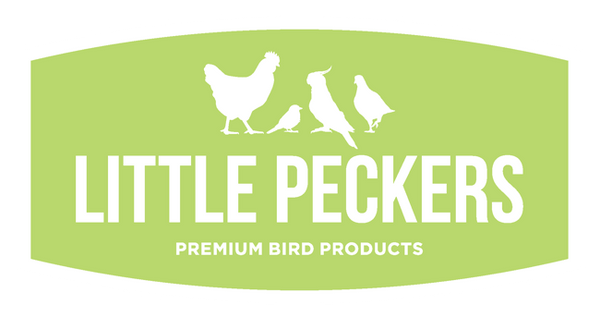The house sparrow (Passer domesticus) is a noisy bird that is skilled at exploiting human wastefulness. These birds are opportunists but in spite of their cleverness, are now in serious decline. Streaky brown birds, house sparrows remain relatively common sites and are roughly 15cm in length with wingspans of 21-25cm. Males have a grey cap and black bib with the latter indicating their status. House sparrows can be seen in towns, parks, gardens, and rural areas.
What is the house sparrow’s distribution and population?
House sparrows are found throughout the UK but are absent from some areas of the Scottish Highlands. They are rapidly disappearing from city centres. Their UK population has declined by a worrying 71% since 1977 and the causes of this trend are not yet fully understood. Research into the decline of house sparrows is ongoing. The falling population in the countryside is believed to be the result of changes in agricultural practices, particularly the loss of winter stubbles and better hygiene measures around grain stores.
The falling population elsewhere may be due to a reduction in the availability of food, increased pollution, loss of nesting sites, disease and predation. There are currently 5, 300, 000 breeding pairs in the UK and the house sparrow is red-listed as a species of high conservation concern.
What do house sparrows eat?
These birds favour seeds, buds, nuts, and scraps. They will happily visit garden feeders and bird tables. If you would like to attract sparrows to your garden and help them to prosper, try offering mixed seed, sunflower seeds and mealworms. You could also provide food scraps and these should be placed on bird tables.
Where do house sparrows nest?
House sparrows tend to nest in loose colonies and don't defend a proper territory. For this reason, nests can be as little as 20-30 cm apart. They are usually built in crevices, creepers against walls, hedges, and conifers. sparrows will also use nesting boxes. Pairs will often retain the same nesting site for life. A hole is filled with grass or straw and then lined with feathers, hairs, and paper. Females lay 2-5 eggs and both parents incubate the eggs which hatch after 11-14 days. Chicks fledge after 14-16 days.
Did you know?
Originally, house sparrows were native only to Europe and Asia, but have now colonised every continent except Antarctica.
Sparrows have been known to pluck feathers from live pigeons to use as lining for their nests.

